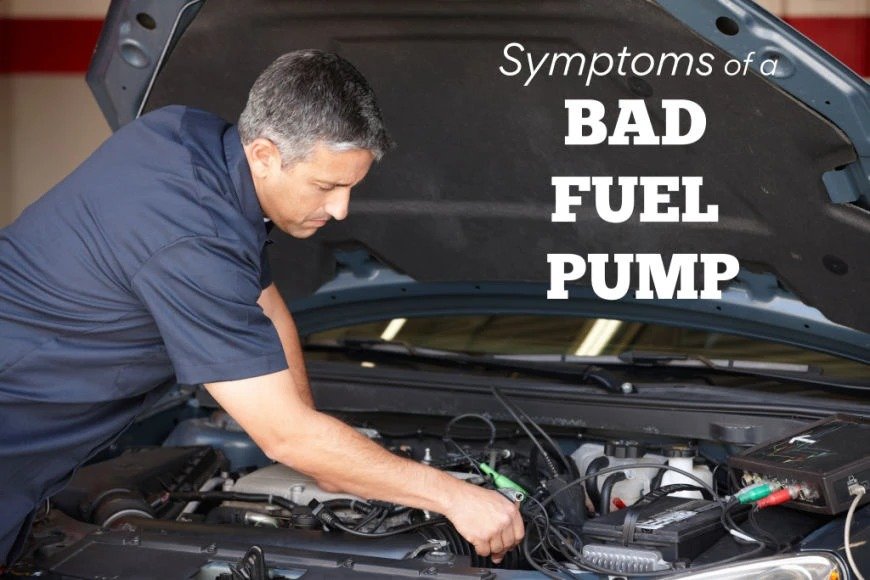Familiarizing yourself with the symptoms of a bad fuel pump is a good idea because it will allow you to act quickly at the first sign of trouble. If your fuel pump is malfunctioning, fuel won’t adequately pump from the gas tank to your vehicle’s engine. Obviously, that’s not good news for your car.
Symptoms of a Bad Fuel Pump
Here’s what to look out for:
1. A Drop in Gas Mileage
A drop in gas mileage is a sure sign that something is going wrong with your vehicle. Keeping track of how often you have to gas up is a good idea. In the case of a failing fuel pump, you will notice that you are going through more gas than usual because the relief valve in the pump is not opening, allowing too much gas to flow into the engine.
2. Surging Speeds as You’re Going Down the Road
In some cases, you’ll be driving down the road at an average speed, and suddenly the vehicle will gain speed and surge forward as if you pushed on the gas. Irregular resistance in the motor of your fuel pump is usually the cause.
3. Losing Power When Climbing Hills
When your vehicle is under stress from pulling a trailer or climbing up hills, you may notice a loss of power if your fuel pump is failing. This happens because the elements in your fuel pump are beginning to weaken, and the pump is having difficulty keeping up with the increased fuel demands of the car’s engine.
4. Check Your Fuel Pressure Gauge
Keep an eye your fuel pressure gauge because it will tell you how much gas is getting to the vehicle’s engine. Have someone else rev your car while you check the gauge. Refer to your owner’s manual to see how much pressure you should expect. If it’s too low, that’s a sure sign your fuel pump is failing.
5. Pay Attention to Your Temperature Gauge
Rising temperature is another indicator of a failing fuel pump. If your car gets hot and then stalls, that’s a clear symptom of a failing fuel pump.
6. Sputtering Engine
One of the key symptoms of a failing fuel pump is when a vehicle’s engine sputters at highs speeds but then resumes functioning normally. The sputtering of the engine occurs because your fuel pump is unable to supply fuel consistently.
7. In The End, Your Car Won’t Start
If you choose to ignore the early symptoms of fuel pump failure, eventually your car will not start resulting in expensive engine repairs. Once the pump fails completely, the engine will not get any fuel, so the engine will crank but not start.
Fuel Pump Replacement Cost
It can cost over $1,000 to have your fuel pump replaced by a mechanic. The price will vary dramatically based on the type of car you have and the cost of the parts. You can save some money if you’re willing to do the work yourself, but this should only be attempted by someone with experience because the procedure is very complicated.
Your fuel pump is crucial to the performance of your vehicle, so you don’t want to risk making mistakes. If you do plan to do the work yourself, the pump itself can cost $300 or more. Fuel pumps are made by several manufacturers, including Walbro, Carter, Holley, Inline, Airtex, and Delphi, so you will need to do your research to find the best deal on the correct fuel pump for your vehicle.
Fluctuations in power and increased fuel usage are two of the first signs you’ll notice if your fuel pump is going bad. Ignoring the symptoms of a failing fuel pump could leave you stranded, so it’s best to act quickly when you notice a problem. It’s best to see your mechanic at the first sign of trouble.

